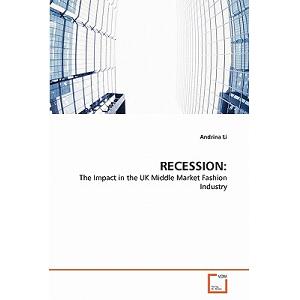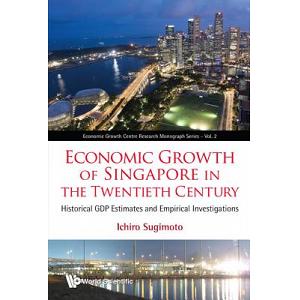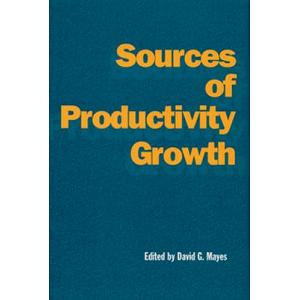Potential GDP as a Reference Point for The Business Cycle
 |
| "Building economies like shaping beach sand", Shape understanding with visual economics—license now! |
Now that we understand the sources of GDP, we will later discuss the factors that determine the level of GDP in an economy. First, take a moment to examine what GDP growth looks like, and then establish a reference point. This enables us to evaluate whether GDP growth in a specific country at a given time is excessively high, too low, or just right. First, Let's take a look at a screen from Google Public Data. This tool is recommended because it allows you to visualize and compare indicators from different countries over time. We will begin by examining the GDP growth rates of a group of countries over time, specifically from 1960 onward. This represents a significant period. We chose several countries. We have China, Mexico, the United States, Japan, Germany, the United Kingdom, and Greece.
 |
| Picture 2 |
What you see on this screen is the GDP growth rate, which is typically what you will find in news articles discussing GDP trends. They often refer to it simply as the GDP growth rate. This is technically referred to as real GDP growth, a concept you may be familiar with if you have studied economics before. This means that we take the quantity of goods and services produced in, for example, year two, using the prices from year two, and then adjust those prices to reflect the levels from year one.
 |
| Picture 3 |
These are complex models. However, we can calculate it in a straightforward manner that aligns with our objectives for this course by combining two concepts for which data is relatively easy to obtain. One of these factors is productivity growth. Productivity is defined as GDP divided by the number of workers. It reflects the actual output produced by each worker. We measure the growth in productivity, and factors such as education, technological advancements, and management all influence the productivity of each worker, correct? We combine productivity growth with labor force growth. The labor force consists of individuals who are available for work, including those who are currently employed and those actively seeking employment. If demographic growth is robust—such as when people have many children, there is immigration, or the age distribution of the population is leading more individuals to enter the labor force—then we can expect strong growth in the labor force. Conversely, if our population is aging or there is outward migration, we will experience a decline in the labor force. When you combine productivity growth with labor force growth, you obtain a fairly accurate estimate of the economy's potential GDP growth.
We presented the two concepts discussed—productivity growth and labor force growth—for the United States over an extended period. By averaging these figures, we derived an estimate of potential GDP growth. You can see that represented by picture 2, which fluctuates but typically remains around 2.5% to 3% per year. That represents the potential growth of the U.S. economy without resulting in an increase in inflation. Maintaining unemployment at a relatively reasonable level over time. Currently, we are working to recover from the unemployment caused by the crisis. However, if we could maintain this growth rate over time, unemployment would decrease to an acceptable level, and inflation would remain stable. This illustrates what potential growth looks like for the United States.
 |
| Picture 4 |
Source:

The stepping-stone image —
aligned with the theme of potential GDP
and purposeful progress:
See My Shutterstock Collection
🪨 Reflection: Step by Step on the Path of Purpose

aligned with the theme of potential GDP
and purposeful progress:
See My Shutterstock Collection
This image of concrete stepping stones set in grass is a powerful metaphor for potential GDP and the business cycle in life.
Each stone represents a phase or step — a structured point of progress laid out toward a destination. The ground beneath, imperfect and filled with patches of grass or gaps, reflects the real economy — what is happening now.
In economics, potential GDP is the ideal output an economy can sustain over time without overheating or slowing down. It serves as a reference — a path that, if followed steadily, ensures stability and growth. But the business cycle is not always neat — just like how grass grows unevenly between steps, or how some stones are cracked.
In life, too, we are often presented with a clear path of purpose — a calling, a rhythm, a vision of our "potential." But just like the image, our actual steps may be uneven: we pause, slip, or take detours.
🧠 Reflection questions:
-
Am I walking in alignment with the “stepping stones” of my potential, or getting lost in the weeds?
-
Which stone am I currently standing on — early stage, in transition, or nearing stability?
-
Have I been too focused on “speed” (inflationary gap) or too hesitant (recessionary gap)?
💬 Lesson: The path is laid, but progress requires consistency, awareness, and balance. Your potential is not about speed but sustainability. Trust the path, honor each step, and return to your reference point when lost.
📍 Stay on Your Path
Every step counts. Whether you're navigating growth, a pause, or a pivot — keep walking.
📈 Align with your potential, not just the pressure to perform.
🧭 Let purpose—not speed—guide your next move.
➡️ Reflect. Re-align. Step forward.
Quranic Insight:
"And say, ‘Do [good]; for Allah will see your deeds, and [so will] His Messenger and the believers...’"
— Quran Surah 09 At-Tawbah Ayat105
Just like each stone in a path guides us toward a destination, every deed — even small steps — matter in fulfilling your God-given potential.
🌿 Your journey may not be linear, but it is seen, recorded, and purposeful.
🔄 In the business cycle of life, there are slowdowns and accelerations — but staying the course matters most.





No comments:
Post a Comment